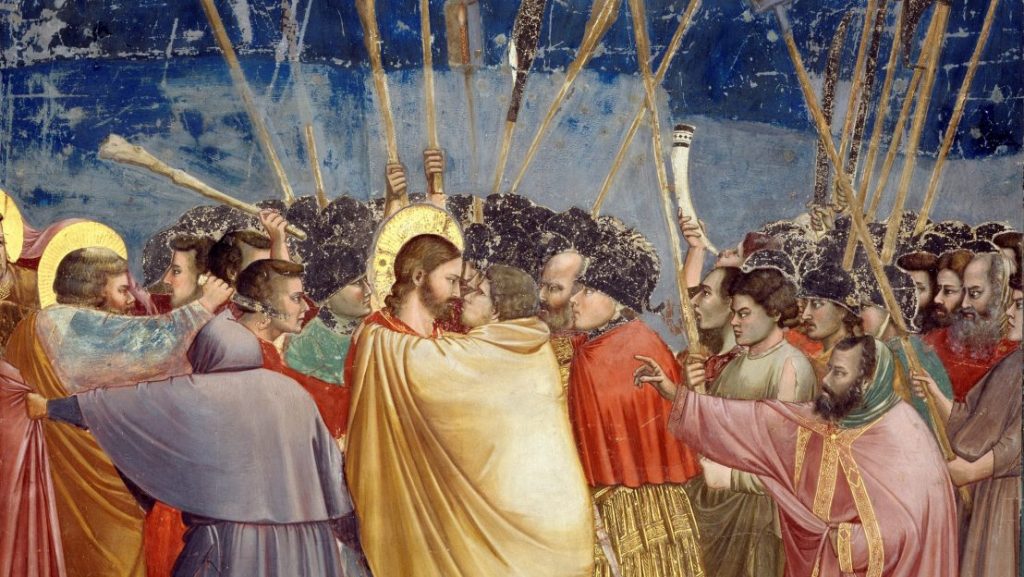This is the second in a “mini-series” within my Becoming Catholic series about the numerous examples from the Church Fathers that show how they described heresy—and how their descriptions matched what I took for granted as a protestant to be the means by which one arrives at the “true Faith.”
Today’s example comes from the 4th century Bishop, St. Epiphanius. But before I share his words, here are the six characteristics of all heresy and heretics articulated by the Church Fathers that I outlined in the first entry in this mini-series:
FIRST, they separate from the Catholic (“Universal”) Church, and deny its authority.
SECOND, they interpret Scripture on a new and novel principle, and deny being bound by any Apostolic and ecclesial tradition.
THIRD, based on this novel principle, they concoct a new set of beliefs around which they form their own sect, which they erroneously claim is “Christian” and “the true faith.”
FOURTH, to justify their heresy, their primary tactic is to cite and quote Scripture as much as possible so that their new religion sounds “biblical.”
FIFTH, they were often named after the men who started them.
SIXTH, their beliefs and definitions of their own heresies constantly shift and change, whereby the certainty and unity of Faith to which we are commanded by the Apostles is subjected to endless argumentation.
St. Epiphanius on Heresy
All six of these traits can be discerned in a few words from one letter written by St. Epiphanius, the Bishop of Salamis in Cyprus, written in AD 394 to John, Bishop of Jerusalem. It’s Letter 51 in the collection of St. Jerome’s letters. In particular, he is writing to John about the dangers of various heresies, especially that of Origen:
If this doctrine is true what becomes of our faith? Where is the preaching of the resurrection? Where is the teaching of the apostles, which lasts on to this day in the churches of Christ?…
There can be no doubt that the meaning of the divine Scripture is different from the interpretation by which he [a heretic] unfairly wrests it to the support of his own heresy.
This way of acting is common to the Manichaeans, the Gnostics, the Ebionites, the Marcionites, and all the votaries of the other eighty heresies, all of whom draw their proofs from the pure well of the Scriptures, not, however, interpreting it in the sense in which it is written, but trying to make the simple language of the Church’s writers accord with their own wishes…
But may God free you, my brother, and the holy people of Christ which is entrusted to you, and all the brothers who are with you, and especially the presbyter [priest] Rufinus, from the heresy of Origen, and other heresies, and from the perdition to which they lead. For, if for one word or for two opposed to the faith many heresies have been rejected by the Church, how much more shall he be held a heretic who has contrived such perverse interpretations and such mischievous doctrines to destroy the faith, and has in fact declared himself the enemy of the Church!
Conclusion
In these few words from just one letter, St. Epiphanius touches on each of the six traits of heresy outlined above, all of which I took for granted as a protestant, and protestantism relies on for its legitimacy.
First, each of the heresies he described have separated from the Catholic Church, and rejected the definitions of it enunciated by the authority of the Church, either by individual Popes, Bishops, or councils such as Nicaea.
Second, he appeals to the continuous teaching of the Faith since the days of the Apostles, and the fact that the heretics proffer a novel teaching not heard prior. He also emphasizes that heresy is heresy precisely because it contradicts the teaching of the Church.
Third, this novel teaching informs the heretics’ interpretation of Scripture, leading to misinterpretation.
Fourth, the heretics constantly quote Scripture to make their heresy seem “biblical” and “Christian.”
Fifth, all the heresies he describes were named after the individual men who founded them, whether Origenism, Arianism, Manichaeism, etc. (“Gnosticism” was a basket of heresies, each of which were individually named after their founders).
Sixth, given that each of these individual heresies share all the above-mentioned traits, none of them arrives at firm conclusions about the Faith, but constantly shift and change shape, which the one true Faith cannot do, given that it was revealed by God Himself.
In other words, like the rest of the Church Fathers, St. Epiphanius describes the same six traits of heresy and heretics that I took for granted as a protestant.









